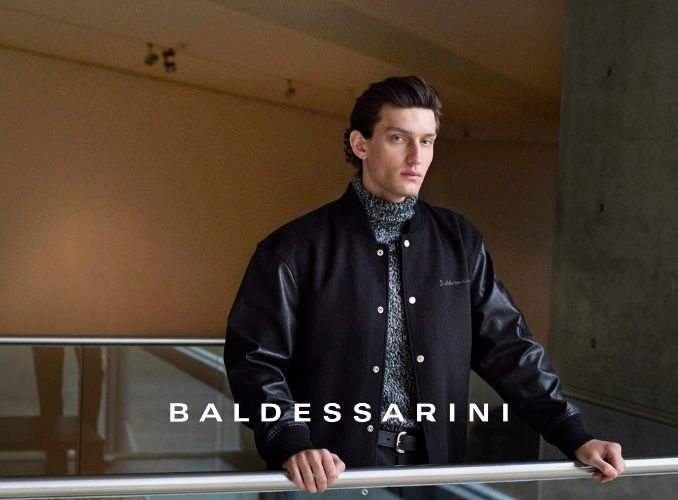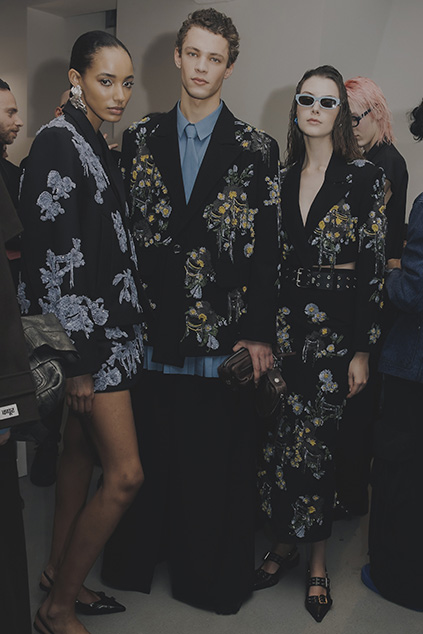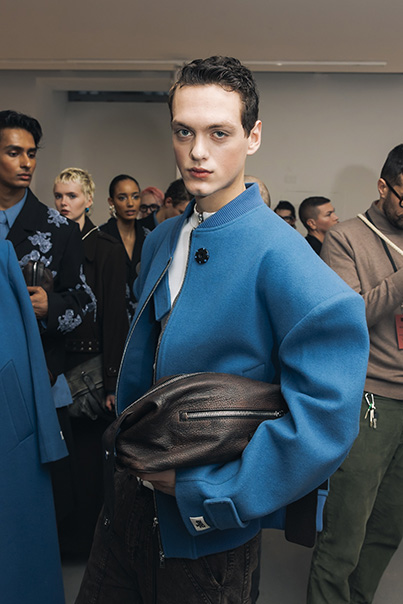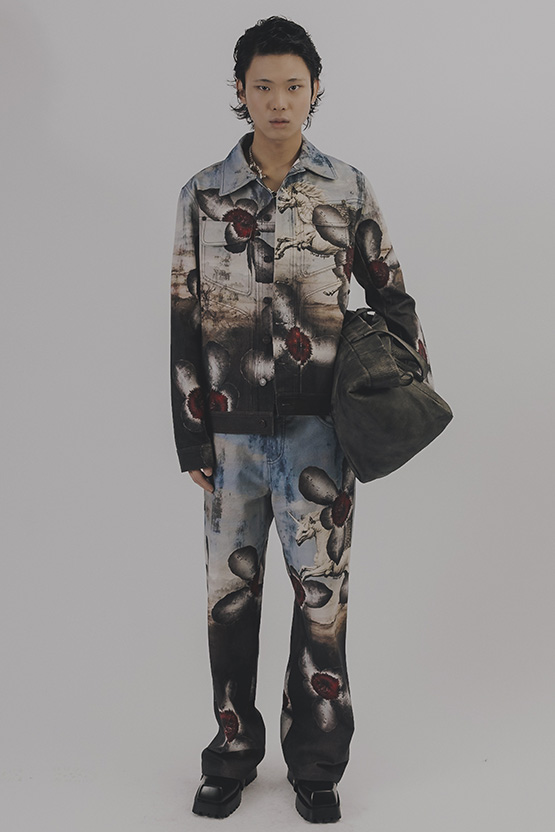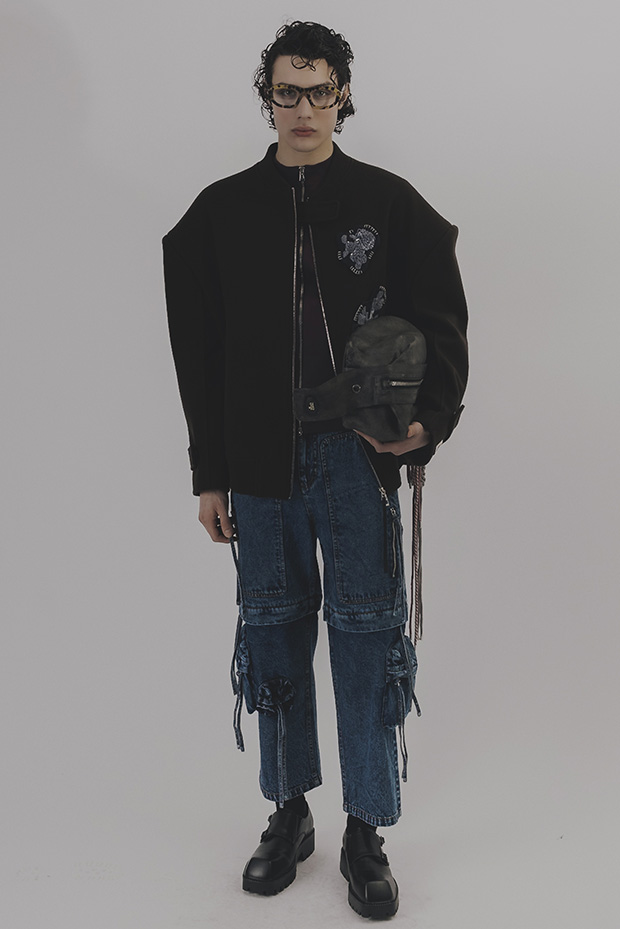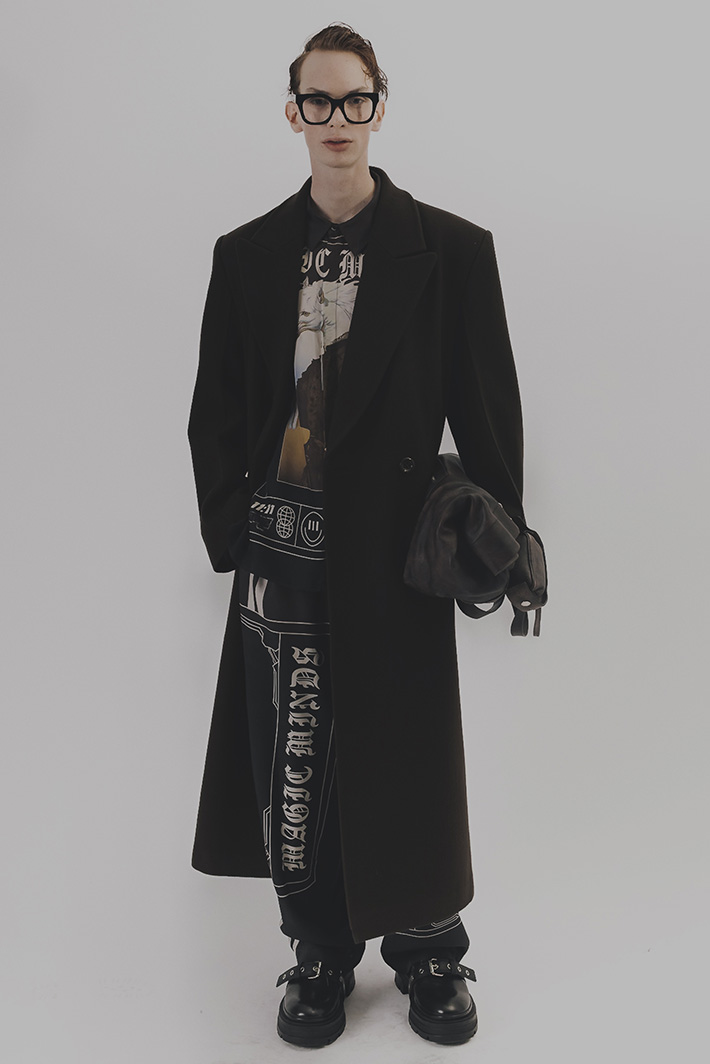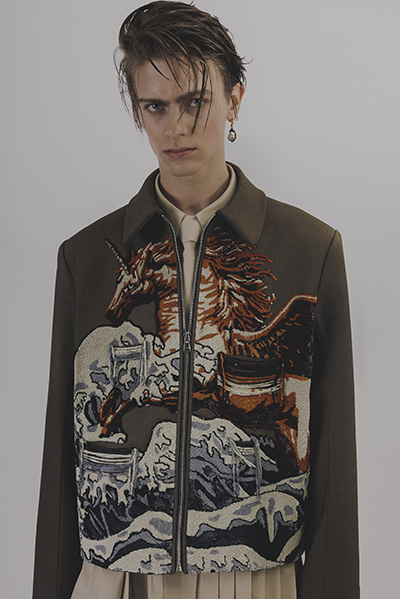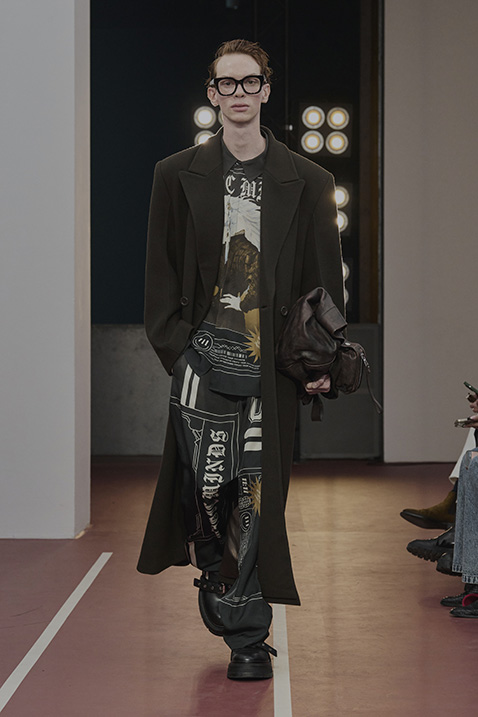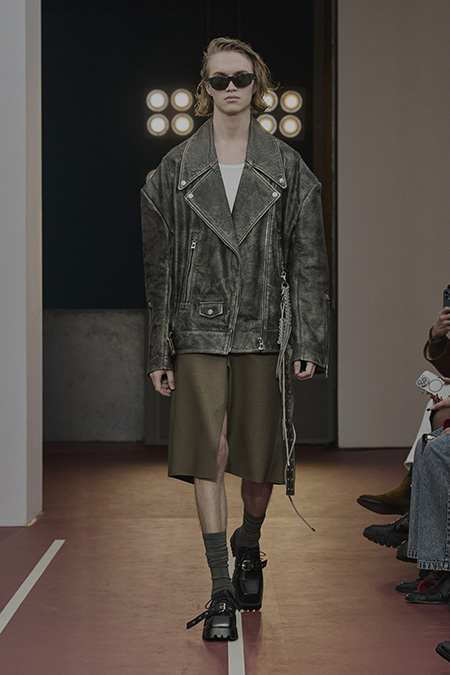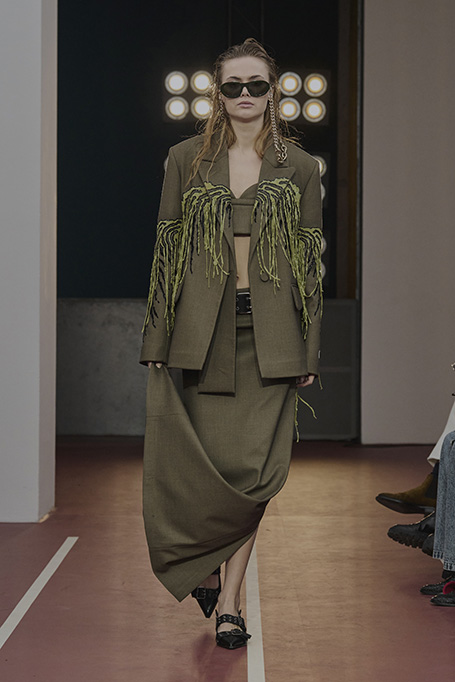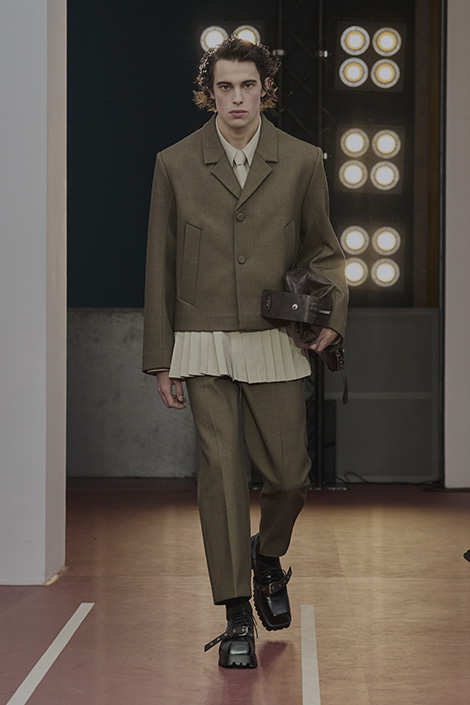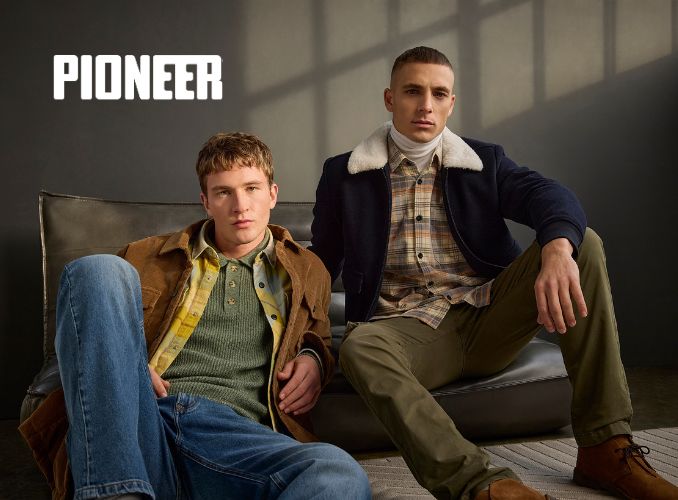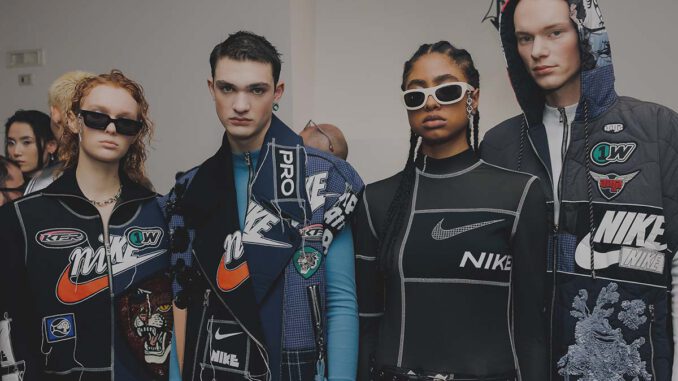
Autor: Markus Oess What turns fashion into art? Where does art end and commerce begin in fashion? We asked the Indian Designer Dhruv Kapoor for his point of view. According to his contemplation, this transition is more and more fluid. “There is a market & a demand for everything. If not wearable, chances are the product becomes a ‘collectible’ item”, he says.
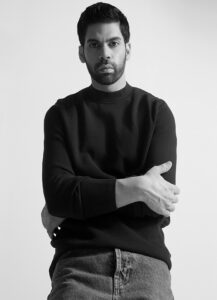
Mr. Dhruv Kapoor, what makes fashion into art?
Dhruv Kapoor: “Everything that is created or performed is a form of art for me. Fashion being the form that adorns the body. I feel a simple white shirt is as artistic as a couture ensemble. Before creation, there is a thought or an idea and that is true art – the thought.“
Who is your favorite artist, and who is your favorite designer?
“My choice of artists keeps changing depending on my mood but some of my favorites are F.N Souza, Ravinder Reddy, Anish Kapoor, Tyeb Mehta & Basquiat (all-time favorite). Among the fashion designers – hands down Miuccia Prada. I feel she brings substance along with aesthetic.”
What particularly inspires your fashion, and what guides you?
“It’s mostly conversations that either trigger me or make me question certain aspects- which through subtle references my team and I develop into a collection. The beginning of each collection is mostly intangible, where we would play with polar concepts and find a seamless point of unison between the two. For guidance, I only follow my instincts.- Sometimes I am drawn to something that may not fit in the seasonal offering, but it’s always exciting for me to plug and blend such elements together.”
Where does art end and commerce begin in fashion?
“I doubt that a line (of separation – editor’s note) exists in current times. There is a market & a demand for everything. If not wearable, the product becomes a “collectible” item – either displayed or as a part of ones’ personal collection. Different designers/artists depending on their skillsets would tweak their trajectories while developing a collection. The best part is there are no ground rules or a set path to follow.”
Genderful is a key
Looking at the fashion market, artworks often adorn fashion, such as in prints or fabric designs. Do you currently see connections between art and fashion in the form language and pattern of a piece?
“It is always about the thought behind the creation that makes it art, and this might be an internal monologue for the creator. Everything generates and triggers emotion and that makes it art – be it the choice of color, silhouette, sound, space, or food. Each element in the process of creation – spontaneous or researched – is a result of an emotion. Therefore it is triggered in the creator and may trigger the same or diverse emotions in the viewer. So for me and for our brand emotion becomes the true target over groups of people divided by gender, origin or income framing.”
Do you think consumers recognize and understand when fashion and art merge to create something special?
“Absolutely! They would ideally lean towards anything that triggers a ’feel good’ factor or a memory or any diverse emotion that they wish to associate with in that moment.”
What trends are you currently seeing in menswear, and how are you implementing them? So, what can we expect for the Spring/Summer 2025 season?
“Genderful is a key adjective for the new world. The archaic rules of gender-based dressing are dissolving and global audiences are moving towards a more personalized approach to fashion – irrespective of who it was intended for. For Spring ’25 I wanted to go to a time when values are wired- adolescence. How to re-wire those values to balance gender-roles and project a new aesthetic – one that is devoid of social & political restraints and societal conditioning. As a part of our design process it was about a softer approach to menswear & a bolder, sharper approach to womenswear to balance both and build a genderful offering.”
Which contemporary artist would you like to collaborate with?
“I doubt I can pick one name and ideally, I would keep exploring new-age artists. The tipping point would usually be someone who contradicts our though process and then tweaking the process to come to a common point of unison. Finding this point of solidarity between diverse concepts is the most exciting part for me.”
What collection would result from this collaboration?
“It would ideally offer a mix of ready-to-wear and lifestyle products. Items that would emotionally trigger our audience. Personally, for me, it is 80% intangible and 20% aesthetic and I would explore multiple mediums to arrive to a conclusion.”
About Dhruv Kapoor
Born in 1988, Dhruv Kapoor is a renowned fashion designer and the creative force behind his own label. After studying at the National Institute of Fashion Technology in New Delhi, he enhanced his skills with a Master’s degree from Istituto Marangoni in Milan. Kapoor’s professional journey included a pivotal role in ETRO’s womenswear design team, which helped refine his distinctive style. Returning to India, his debut collection in 2014 at Mumbai’s Lakme Fashion Week received critical acclaim. The brand bearing his name gained significant recognition, winning the Vogue India Fashion Fund in 2015 and several awards thereafter, including GQ India’s Young Designer Award in 2018 and Vogue India’s Designer of the Year for womenswear in 2019.


